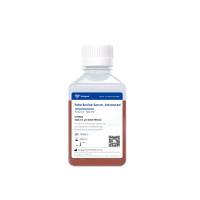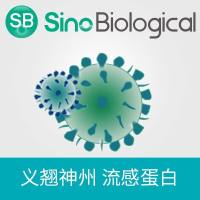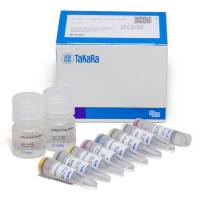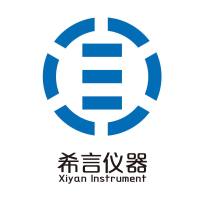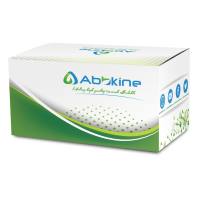Detection of New Screening Markers for Fetal Aneuploidies in Maternal Plasma: A Proteomic Approach
互联网
431
Proteomics has brought with it the hope of identifying novel biomarkers for the fetal aneuploidies. This hope is built on the ability of proteomic technologies, such as two-dimensional gel electrophoresis (2-DE) with immobilized pH gradients combined with protein identification by mass spectrometry (MS). The large dynamic range of plasma necessitates the effective removal of abundant plasma proteins to allow analysis of the lower concentration analytes. There are many factors that make this research very challenging, beginning with standardization of sample collection, consistent sample preparation, and continuing through the entire analytical process. Therefore, reproducible sample complexity reduction methods such as depletions or fractionations are an essential first step in biomarker discovery experiments. For qualitative and quantitative evaluation of the proteome, the fluorescent dye stains offer several advantages over traditional staining methods. The sensitivity of the fluorescent dye stains such as SYPRO Ruby is comparable with that of silver staining and also has a broad dynamic range, which allows accurate protein quantification being compatible with MS methods for protein identification. Despite its limitations for proteome analysis 2-DE is currently the workhorse for proteomics. Taking into account the factors such as cost, availability and ease of use, 2-DE electrophoresis is one of the most apposite approaches toward the methodical characterization of proteomes.


